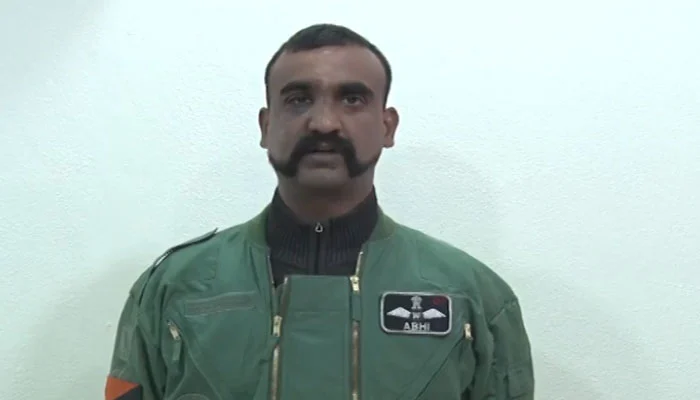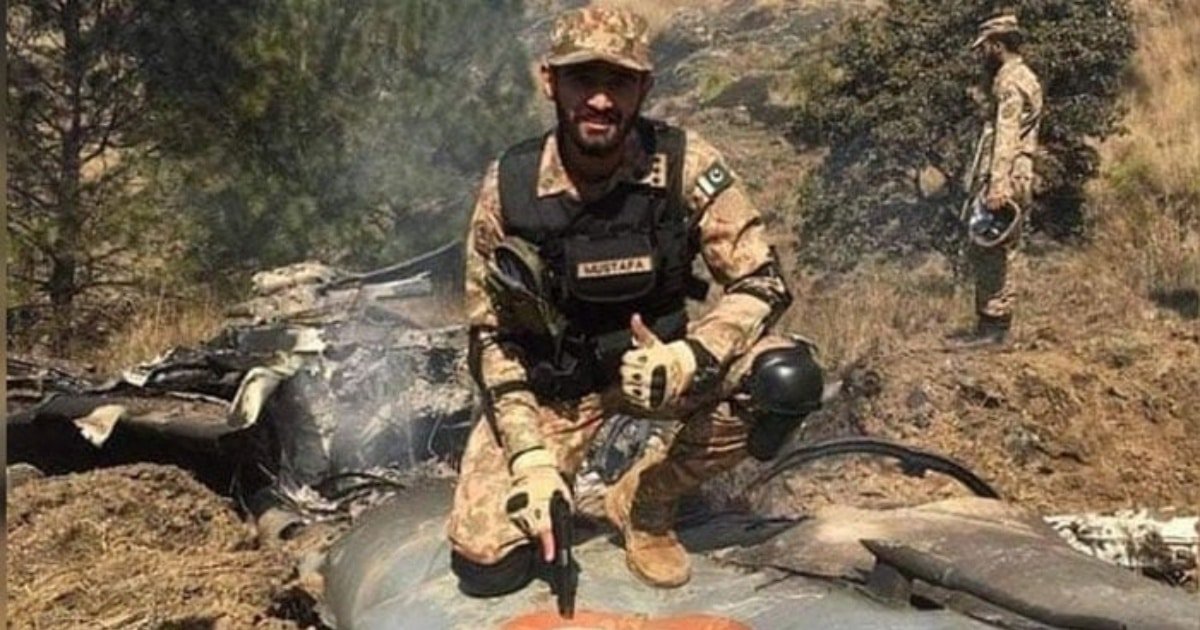The Pulwama attack and the February 2019 stand-off between Pakistan and India remain to be one of the most closely analyzed incidents in the history of their relations. The Indian Air Force’s (IAF) ‘Operation Bander’ attack on what it claimed were Jaish-e-Mohammed terror camps in Balakot turned out to be a couple of trees. The attack was responded to quickly and judiciously by the Pakistan Air Force (PAF). This retaliatory strike, codenamed ‘Operation Swift Retort’, is an important case study in contemporary air warfare, deterrence theory, and psychological operations. A return to this operation five years on, especially after the 2025 India-Pakistan stand-off, offers a deep appreciation of its tactical implementation and its profound psychological effects.
A Proportional and Measured Response
The dawn of 27 February 2019 saw PAF initiating its counter-attack. The strategic goals were clear from the get-go: Give a precise but firm and balanced response without escalating the fight towards a full-scale war. PAF’s mission statement was to attack Indian military bases in Indian-held Jammu and Kashmir while parachuting weapons in open areas nearby to convey their intent without inflicting deaths or serious damage. This was a very calculated decision to preserve the strategic equilibrium and avoid further escalation to discourage a nuclear fallout.
You May Like To Read: The Tragedy of Gyari Avalanche: No Soldier Left Behind
The mission involved a sophisticated combination of PAF aircraft, including F-16s, JF-17s, and Mirages that were accompanied by Airborne Early Warning and Control (AEW&C) aircraft. This combined effort allowed the PAF to gain local air superiority and paved the way for their strike package to cross into Indian airspace and strike targets. This air battle resulted in the shooting down of at least one Indian MiG-21 Bison, which was confirmed by both sides. Its pilot, Wing Commander Abhinandan Varthaman, was also captured as living proof of the same:

Source: The News
Alt text: An image of Wing Commander Abhinandan Varthaman while being interviewed by Pak Army officials
Pakistan also claims to have shot down an Indian Su-30MKI; however, India refutes the claim. India asserted that its MiG-21 shot down a Pakistani F-16, a claim which was debunked by its own media:
27 February 2019 Operation Swift Retort
Indian claims of shooting down a Pak F-16 proved Fake News by their own expert Live on TV,@OfficialDGISPR #FantasticTea #Pakistan #ISPR pic.twitter.com/1lTpcRV5KH
— Pakistan Armed Forces News 🇵🇰 (@PakistanFauj) February 27, 2024
This was a significant event for two reasons: firstly, a rare occurrence of Indian media accepting its mistake, and secondly, it was clear proof that Pakistan did not use F-16 in the conflict, thereby not violating its terms with the US at the time of acquiring the F-16 jets.
The employment of Beyond Visual Range (BVR) missiles by the PAF in this encounter marked a transition from traditional dogfighting to long-range missile deployment. Pakistan’s capacity to react swiftly and successfully while being in a retaliatory position demonstrated its high operational preparedness and strategic anticipation. Great caution was taken during the military planning and execution of Operation Swift Retort. The success of this mission attests to the fact that a smaller air force, well-trained and technologically equipped, could match its strength against a larger opponent with finesse.
Deterrence and De-escalation on the Psychological Level
You May Like To Read: Origins of Siachen Conflict and the Ambiguity of Demarcation
Operation Swift Retort was also an exercise in psychological warfare. The essence of Pakistan’s strategy was to inflict a psychological loss on India by taking out the space for further retaliation. India’s Balakot move was aimed at establishing a ‘new normal’ of restrained, punitive raids, as it will do five years later in 2025. Pakistan’s retaliation destroyed this new normal and re-established deterrence. The then DG ISPR had already warned that: “We will surprise you”
Wing Commander Abhinandan Varthaman’s capture was a major psychological win of this conflict. It was a significant moment that changed the whole trajectory of the stand-off. His later treatment and release as a ‘peace gesture’ by the then Pakistan Prime Minister Imran Khan were essential factors that helped de-escalate the crisis while giving Pakistan a diplomatic edge. This act shifted the discourse from a military standoff to a diplomatic one. This effectively turned the burden of further escalation on India. The action boosted national morale. For India, the downing of a plane and capture of a pilot, along with the unfortunate friendly-fire loss of one of its own helicopters, tarnished its facade of a successful and clean strike.
Latest statement of Wing Commandar #Abhinandan before his departure for India. #WagahBorder #Abhinandancomingback#WelcomeHomeAbhinandan pic.twitter.com/jrLw8EbgXj
— Ameer Abbas (@ameerabbas84) March 1, 2019
Strategic Implications and Lasting Lessons
PAF response on 27 Feb 2019 against the enemy aggression will be remembered in history as “Operation Swift Retort”,said Air Chief Marshal Mujahid Anwar Khan,Chief of the Air Staff, PAF while addressing the 264th Air Staff Presentation meeting held at Air HQs Islamabad, today. pic.twitter.com/PqHZGsDZIr
— PTV World (@WorldPTV) May 1, 2019
The actions in February 2019 served as important lessons for India and Pakistan. For Pakistan, Operation Swift Retort legitimized its conventional deterrence strategy. It demonstrated that an effective and proportionate response could effectively thwart a larger rival’s efforts at gaining dominance. For India, the operation was a reality check, which clearly showcased that its military would not be left unpunished. It was also a warning that the regional balance of power could not be upended at whim by India whenever it pleased. Operation Swift Retort, in a larger context, reinforced the doctrine that old-fashioned military confrontations among nuclear powers are still possible but need to be strictly controlled to avoid crossing a red line that may result in nuclear fallout. It also showed that air power is an important asset that can be used in rapid, limited, and controlled retaliation in such a conflict since it reduces the chances of developing into an all-out ground conflict. Five years on, Operation Swift Retort remains relevant. The operation not only demonstrated the combat capabilities of the Pakistan Air Force but also showed how strategic restraint and diplomatic discretion is of the utmost importance in the uncertain geopolitical environment of South Asia.







